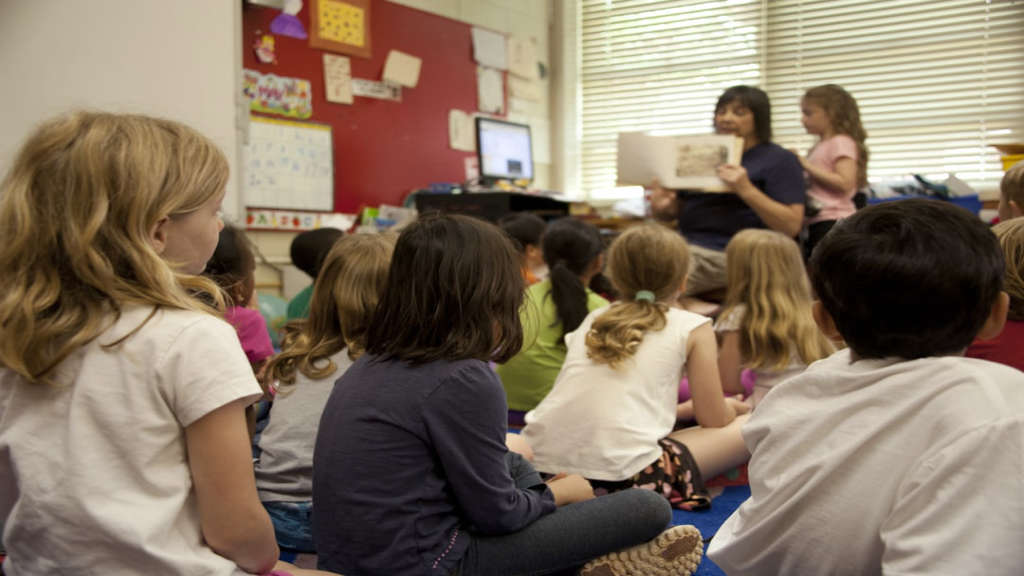Effective teaching is a combination of various teachers strategies and classroom management skills that create an ideal learning environment for students. In today’s digital age, the integration of technology has become an essential component of educator tactics and teaching techniques, allowing for more dynamic and interactive lessons. Furthermore, the importance of building a strong relationship with students cannot be overstated, as it fosters trust and engagement in the learning process. This article will explore the key components of effective teaching and how they contribute to student success.
Main Points
- Effective teaching methods
- Integration of technology in the classroom
- Developing a strong relationship with students
- Impact of teachers strategies on student success
Effective Classroom Management Techniques for Teachers
When it comes to creating a positive and productive learning environment, teachers must utilize effective teaching methods, educator tactics, and instructional approaches to manage their classrooms. Here are some key techniques to implement:
- Establishing clear expectations for behavior and academic performance
- Consistently enforcing rules and consequences
- Building positive relationships with students
- Utilizing engaging and interactive teaching strategies
- Implementing effective classroom organization and structure
Utilizing Technology to Enhance Student Engagement
In today’s digital age, teaching techniques are evolving to incorporate more pedagogical strategies that utilize technology to enhance classroom management skills and student engagement. By integrating educational apps, interactive whiteboards, and online resources, educators can create dynamic and interactive learning experiences that captivate students’ attention and promote active participation.
The Benefits of Utilizing Technology in Education
When teaching techniques are augmented with technology, students are more likely to be actively engaged in the learning process. Interactive tools and multimedia resources can help cater to different learning styles and provide a stimulating environment for students to explore and understand complex concepts. Furthermore, technology allows for personalized learning experiences, as students can access educational materials at their own pace and receive immediate feedback on their progress.
Effective Implementation of Technology in the Classroom
To maximize the benefits of technology in education, educators should undergo proper training to effectively integrate digital tools into their pedagogical strategies. Additionally, classroom management skills are crucial in ensuring that technology is used in a purposeful and controlled manner, minimizing distractions and maximizing student engagement. By creating a balance between traditional teaching methods and technological resources, educators can create an enriched learning environment that fosters student success.
| Enhanced Engagement | Personalized Learning |
|---|---|
| Technology captivates students’ attention and promotes active participation. | Students can access educational materials at their own pace and receive immediate feedback on their progress. |
Creating Inclusive Learning Environments
Creating inclusive learning environments is essential for promoting diversity and equality in education. Educators must employ effective teaching methods and teacher strategies to ensure that all students feel welcomed and valued. By implementing educator tactics such as fostering open discussions and providing diverse resources, educators can create a classroom where every student feels included and empowered to learn.
Developing Positive Teacher-Student Relationships
Building a positive relationship between teachers and students is crucial for creating a productive and supportive learning environment. By implementing various instructional approaches and communication strategies, educators can foster trust, respect, and empathy in their classrooms.
Effective Strategies for Developing Positive Relationships
Here are several key strategies that teachers can use to establish and maintain positive connections with their students:
- Active listening
- Showing genuine interest in students’ well-being
- Providing constructive feedback
- Setting clear expectations and boundaries
- Recognizing and celebrating student achievements
- Creating a safe and inclusive classroom environment
The Impact of Positive Teacher-Student Relationships
When teachers prioritize building positive relationships with their students, it can lead to improved classroom dynamics, student engagement, and academic performance. Students are more likely to feel motivated, supported, and valued, ultimately contributing to a positive and successful learning experience.
Promoting Critical Thinking Skills in the Classroom
As educators, it is crucial to promote critical thinking skills in the classroom to foster a deeper understanding of content and encourage students to think independently. By incorporating activities that challenge students to analyze, evaluate, and synthesize information, teachers can help develop the essential skill of critical thinking in their students.
Conclusion
In conclusion, teachers’ strategies play a crucial role in creating a positive classroom environment and fostering strong relationships with students. By incorporating technology into their teaching methods, educators can engage and motivate students while also preparing them for the digital world. Building strong relationships with students not only enhances their learning experience but also contributes to their overall well-being. Therefore, it is vital for teachers to continuously improve and adapt their strategies in order to create a dynamic and effective learning environment.
Frequently Asked Questions
What are some effective strategies for teachers in the classroom?
Effective strategies for teachers in the classroom include differentiated instruction, cooperative learning, and formative assessment.
How can teachers create an inclusive classroom environment?
Teachers can create an inclusive classroom environment by promoting diversity and equity, using flexible seating arrangements, and implementing inclusive teaching practices.
What are some tips for managing a diverse classroom?
Tips for managing a diverse classroom include getting to know your students, incorporating culturally relevant materials, and fostering a supportive and respectful classroom community.


